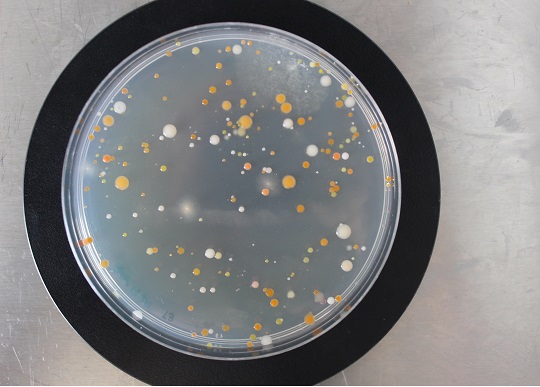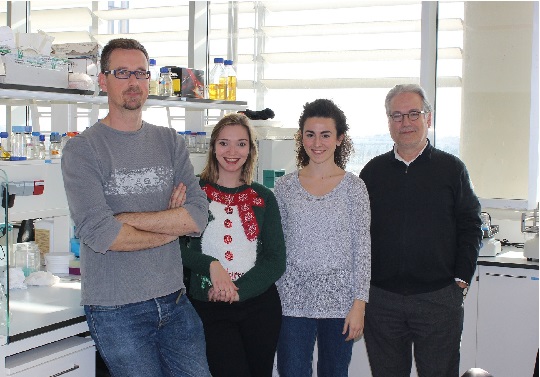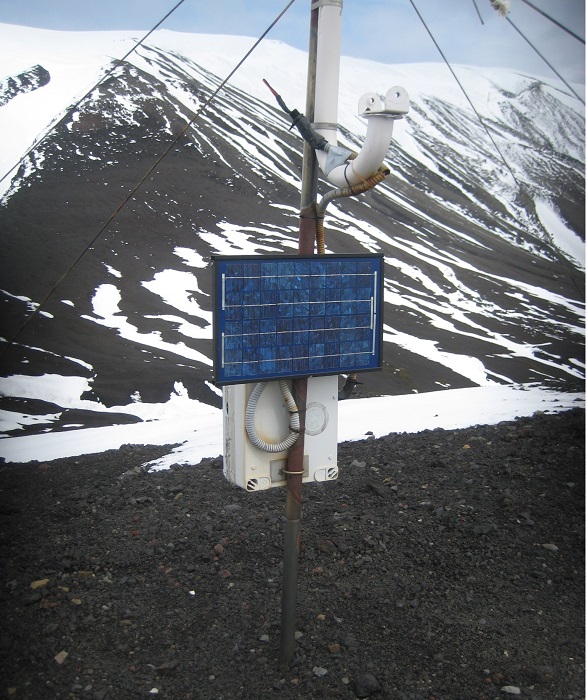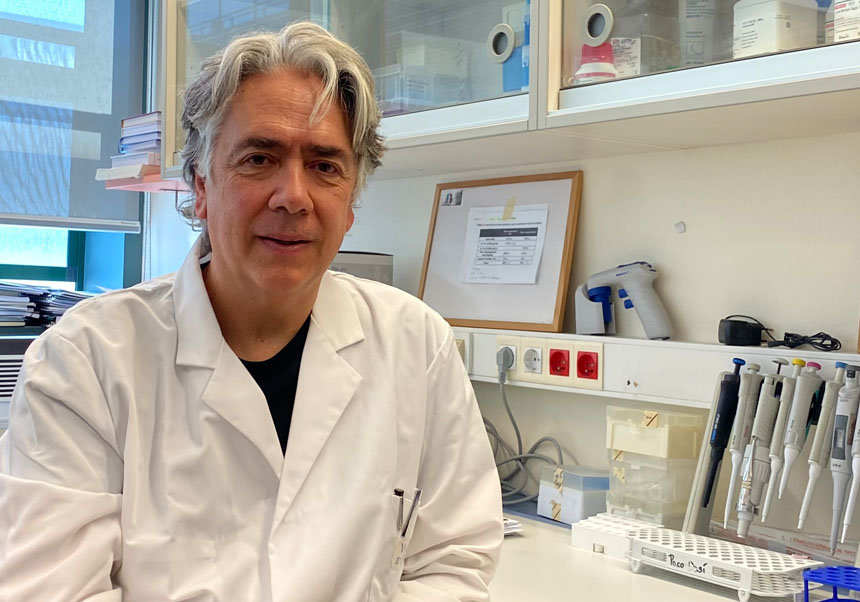Similarities between microbial communities living in solar panels in the Artic and the Antarctica have been proved
- Scientific Culture and Innovation Unit
- January 23rd, 2018
A research team from the Institute of Integrative Biology of Systems (I2SysBio) of the Universitat de València/CSIC has conducted a comparative analysis of two microbial ecosystems in the surface of solar panels in the North and South Poles. It concludes that despite the large geographical distance both ecosystems have similar microbial communities in which microorganisms have adapted to irradiation and desiccation phenomenon. This is the first time that this type of study is carried out in such distant geographical locations from each other.

In this piece of work, published in the magazine Environmental Microbiology Reports, genome sequence techniques are used to understand the composition of the organisms. On the other hand, they have indicated that the microorganism can be cultivated in a laboratory for further analysis and implementation.
“The similarity observed in these microbial communities strengthens the famous Microbial Ecology mantra of Baas Becking, a famous microbiologist from early 20th century. He supported that “everything is everywhere, but the environment selects them”, explains the researcher of the I2SysBio Kristie Tanner, who is the first signatory of the article.
Researchers Jose Manuel Martí, Esther Molina, Juli Peretó and Manuel Porcar from the I2SysBio have participated in this study. Josabel Belliure from the inter-university Ecology department of the University of Alcalá and Mar Fernández from the Norwegian Polar Institute de Tromsø have participated as well.
In the article “Polar solar panels: Arctic and Antarctic microbiomes display similar taxonomic profiles”, the research group analysed a total of 14 panels between January and May 2017. 3 of them are placed in Decepción Island, 6 in Livingston Island (both in the Southern Pole) and 5 in Tromsø (Northern Pole).
Tromsø is the biggest town centre in the northern coast of Norway and is located 350 km north of the Artic Polar Circle. It has a sub-arctic climate, average temperatures swing from 0.9 to 23.6 ºC during winter and from 5.3 to 12.4 ºC during summer. Southern Shetland Islands are an archipelago located to the north of the Antarctic Peninsula. Average monthly temperature varies between 23.1 and 21 ºC from March to October, when the sea surrounding the islands is covered by the presence of ice. It is slightly warmer from November to February, when temperatures swing between 21.7 and 0.5 ºC.
Research team
The research team, led by Manuel Porcar and located at the I2SysBio, focuses its studies in ecosystems with extreme conditions (desiccation, extreme temperatures, high salinity or presence of polluting materials, among others). The objective of these studies is double. On the one hand, they aim to characterize by means of different sequencing techniques the communities that live in these extreme ecosystems. On the other hand, they search for organisms that may be useful for certain industrial or biomedical applications because of their ability to resist extreme conditions. For instance, cateroid-producer microorganisms that protect themselves from solar irradiation and live in environments with high irradiation or eroding microorganisms of caffeine that live in rich environments of this material.
Financial support from Spanish Government (grant Helios BIO2015-66960-C3-1-R co-financed by FEDER funds and Ministerio de Economía y Competitividad) is acknowledged.
Article:
Tanner, K., Martí, J. M., Belliure, J., Fernández-Méndez, M., Molina-Menor, E., Peretó, J. and Porcar, M. (2017), Polar solar panels: «Arctic and Antarctic microbiomes display similar taxonomic profiles». Environmental Microbiology Reports. Doi: 10.1111/1758-2229.12608
Caption:
(Gallery). One of the solar panels from where the team took the samples in Antarctica.
(Front page and Gallery). From left to right: Manuel Porcar, Kristie Tanner, Esther Molina y Juli Peretó
File in: Recerca, innovació i transferència , Investigació a la UV , Producció científica , Internacionalització recerca , Difusió i comunicació científica , Cultura Científica , Grups de recerca , Publicacions , Parc Científic




















